If you're like me and you love to grow your own food but have limited access to all day sun, do not fret - a bountiful harvest is still well within your reach. Just like the gardeners that grow them, many vegetables will actually appreciate a little respite from the sun during the hottest months of the growing season. If you live in an apartment or want to grow food & vegetables inside, also find out how here.
As a general guideline, plants that are grown for their leaves or stems will do better in partial shade and dappled sunlight. Plants that are grown for their roots or their fruit will do best with full sun exposure, though many of these plants will still produce in partial sun, just with a smaller yield. Below you'll find a list of both.
These are just the plants I have grown personally, so if I've left anything out or if you have had a different experience, please share your thoughts in the comments at the bottom.
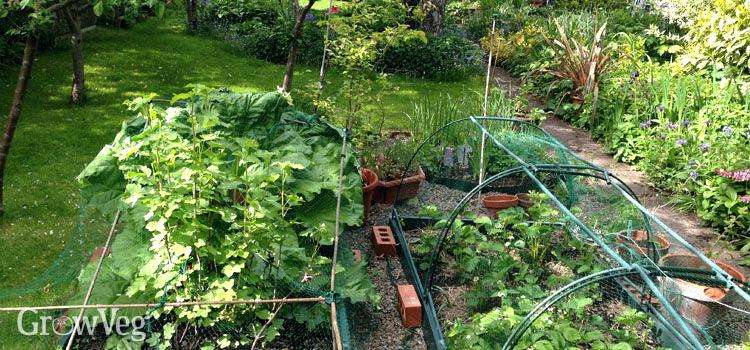
Veggies and greens that thrive in partial shade:
Arugula, endive, watercress: 3-4 hours of sun per day. These greens welcome shade as they tend to bolt and become bitter in too much sun or heat.
Asian greens (bok choi, pak choi, komatsuna, tatsoi): As little as 2 hours of sun per day. They enjoy bright shade with ambient light.
Chard: 3-5 hours of sun per day. Though the plants will be smaller than they would be if grown in full sun, they will still produce plenty of tender greens when grown in partial shade.
Kale, mustard greens, collards: 3-4 hours of sun exposure per day. Again, your plants may be a bit smaller than those grown in full sun, but will still be worthy of your time and energy, producing plenty for consumption!
Lettuce: Minimum 3-4 hour sun exposure. Again, shade is actually beneficial in this scenario as lettuce tends to bolt when the heat comes on. Partial shade may actually extend the harvesting life of your lettuce by 2 or 3 weeks, if not longer.
Mesclun: Grown for it's baby greens, as little as 2-3 hours of sun a day will be enough to nurture this salad mix to fruition. The baby leaves can be harvested in as little as 4-5 weeks. If you're careful to harvest the leaves without disturbing the roots, you should be able to repeat the process 3 or 4 times before replanting.
Mustard greens: As little as 3-4 hours of sun per day for baby greens. Mustard greens can often become overwhelmingly strong if grown in full sun to full size! Partial shade helps these leaves remain delicately spicy - perfect for salad.
Green onions (scallions): 3 hours + of sun per day. These onions will do well in partial shade all season long.
Spinach: 3-4 hours of sun per day. Another early bolter, best grown both early and late in the season as spinach just doesn't seems to be able to produce much before bolting in the heat of mid-season.
Stinging Nettles: Though these will need to be harvested with care, they are both edible and highly nutritious. When harvested in the early spring they are oh so very tender. Try them steamed stir fried or in pesto! Recipe for Nettle pesto here.
Fiddleheads of the Ostrich Fern: The term -fiddlehead' refers to the new shoots of the fern, which resemble the curled head of a fiddle just as they begin their accent into full grown fronds. These delectable little darlings are available only once a year, early in the spring, are delicious when lightly steamed or sauteed. Though fiddleheads can easily be harvested in the wild (what a fun spring activity!) they can easily be cultivated in the shadiest recess of any garden. We ended up planting them in a super shady bed previously home to a variety of Hostas. The Ostrich ferns we transplanted thrive in this space and now provide a few delicious meals each spring.
Culinary Herbs: Many herbs will tolerate as little as 3 hours of sun per day. Chives, cilantro (expect leggier cilantro) garlic, chives, mint, oregano, lemon balm and parsley will all do well with partial shade.

For Seeds, Plants, Tools & Gardening products Online with delivery to the door, try here.
Vegetables that will tolerate partial shade:
Peas and beans: I have successfully grown both of these in as little as 5 hours of sun per day. Consider growing bush variety beans in partial shade conditions as they seem to need less sun than their viney counterparts.
Root veggies: 4-5 hours of sun. Almost all root veggies can be grown in partial shade situations, but be aware that the less sun these crops get the longer they will take to mature. If you are a fan of baby carrots and new potatoes, which can both be expensive to buy, you will have no problem propagating these for yourself in less than full sun.
Brussels sprouts: I have successfully grown brussels sprouts in 4-5 hours of sun as well. Again, they did not do nearly as well as those that were planted in full sun, but they did produce beautiful & tasty (if not somewhat smaller) brussels sprouts that I was thrilled to harvest, eat and serve!
Winter squash: This is another plant that will definitely do better in full sun, but will still produce when only offered partial sun. I have grown multiple varieties of winter squash in as little as 4-5 hours of direct sun exposure. The plants grew voraciously in the partial shade situation and though the squash themselves were small in size, they were fully ripe and absolutely delicious when it came time to harvest. I also really appreciated the smaller size of the squash for those times I was making dinner for only myself and partner. We could easily finish one to ourselves and it was just enough!
I have also heard tell of broccoli and cauliflower producing in partial shade, but have not had success with either of them myself. Many other factors may have been at play though, so if you love these veggies and only have partial shade, give it a try.
Good luck this growing season! This is just a short list, and as always, we would love to hear about your experiences so don't hesitate to share below Or look for seeds, pots, raised beds, tools and more with home delivery here - Great for keeping kids off school busy in the Garden!.

Now that you know which vegetables grow best in the shade, learn more about how to start a garden and growing food at home in the following pages:
Find more about green lifestyle choices and home construction in the Ecohome Green Building Guide pages and find out about the benefits of a free Ecohome Network Membership here. |
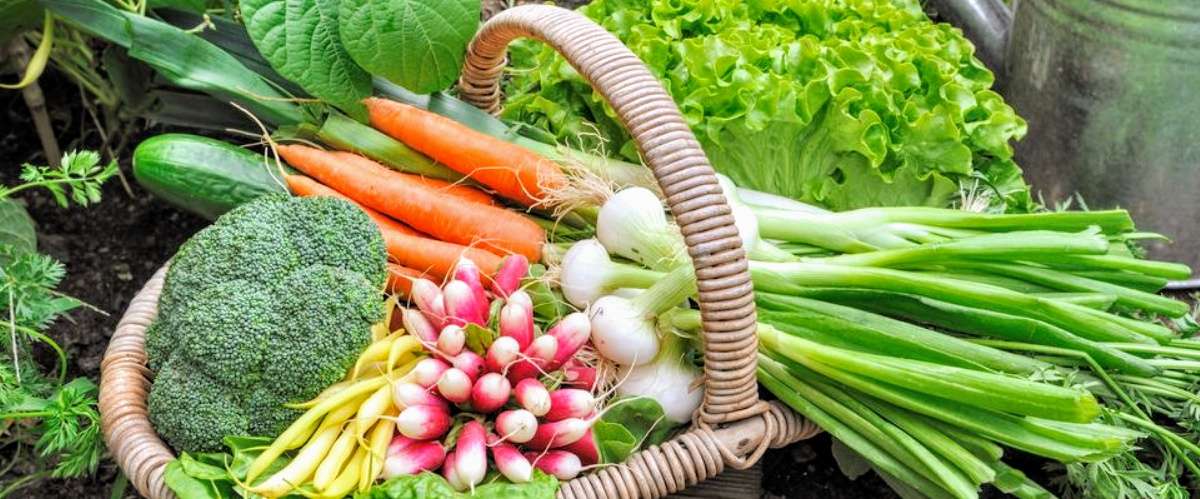














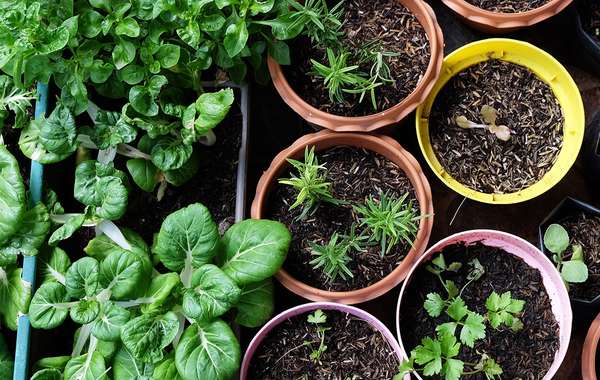
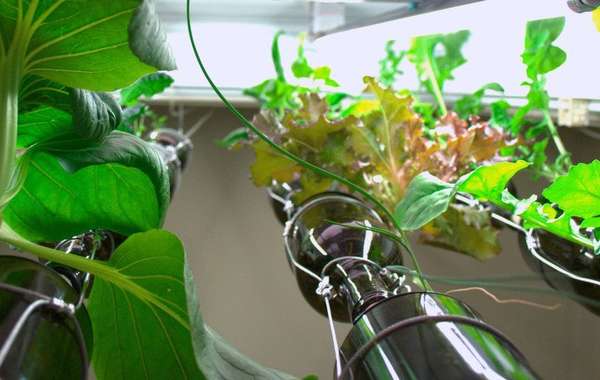
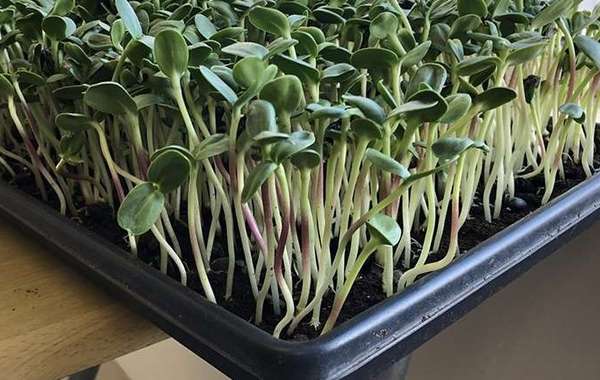
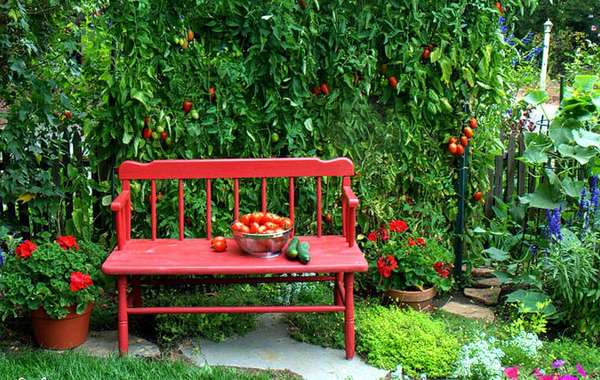
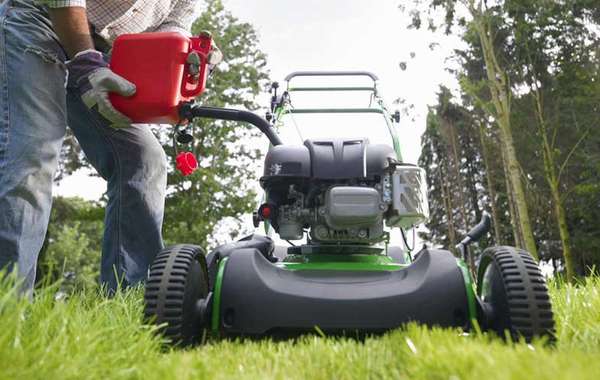
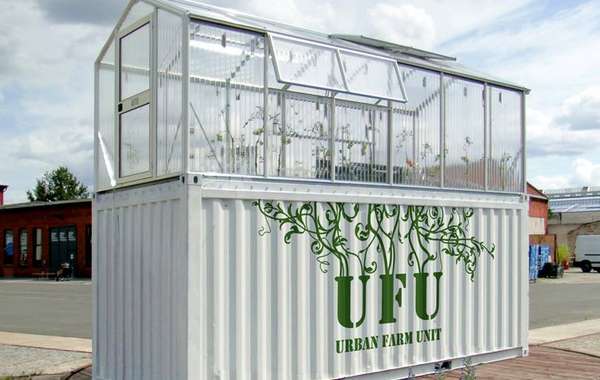
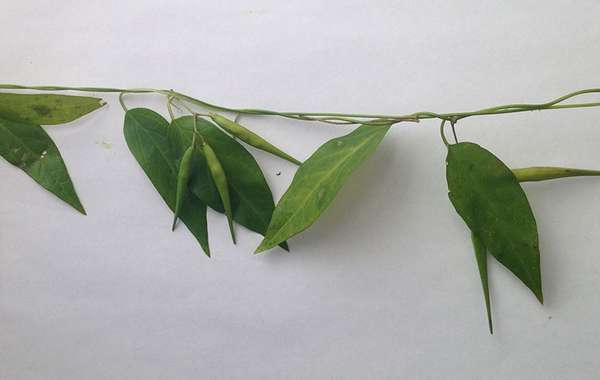
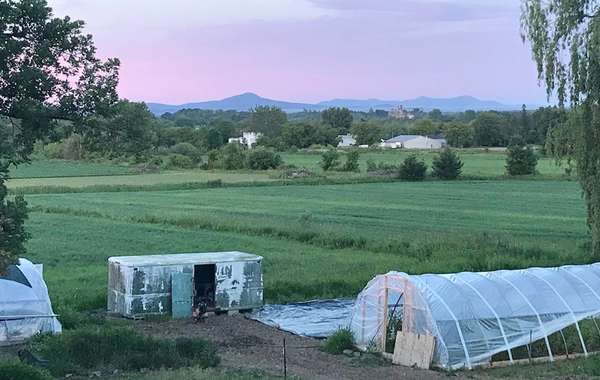
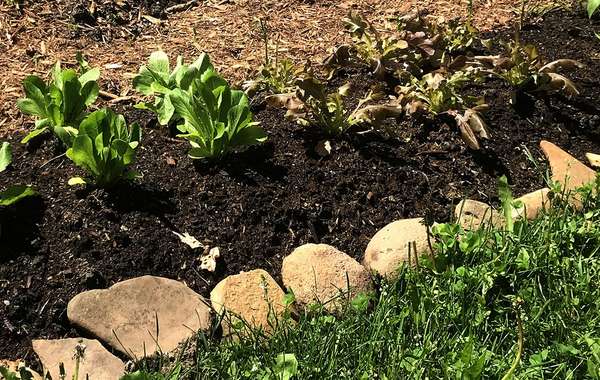
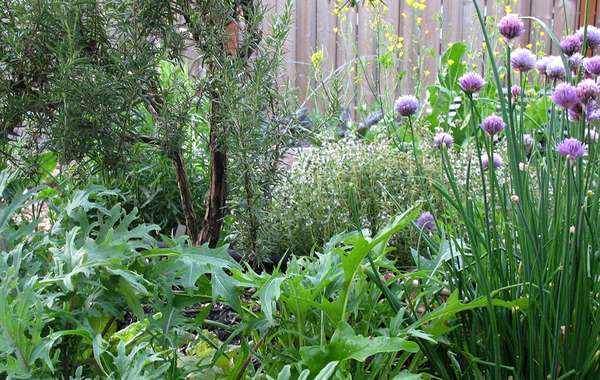
Comments (0)
Sign Up to Comment